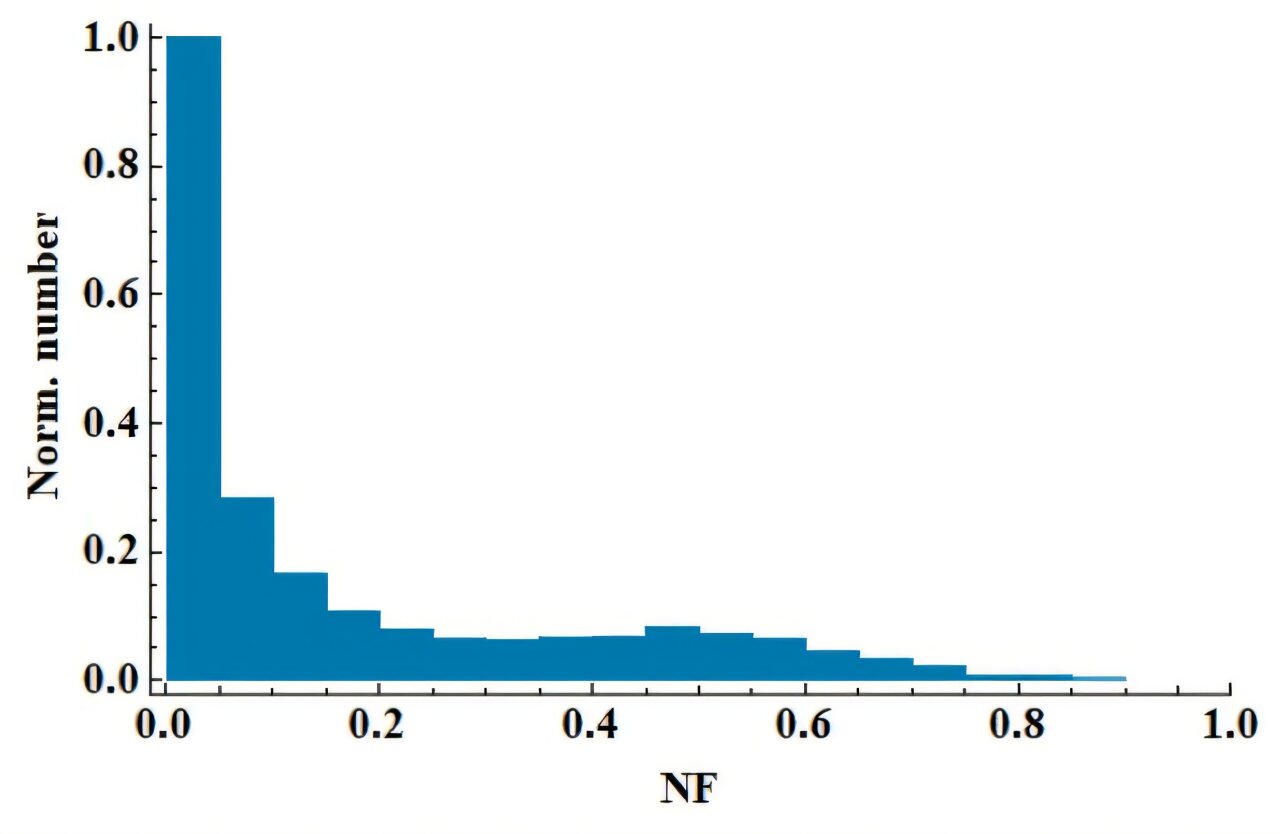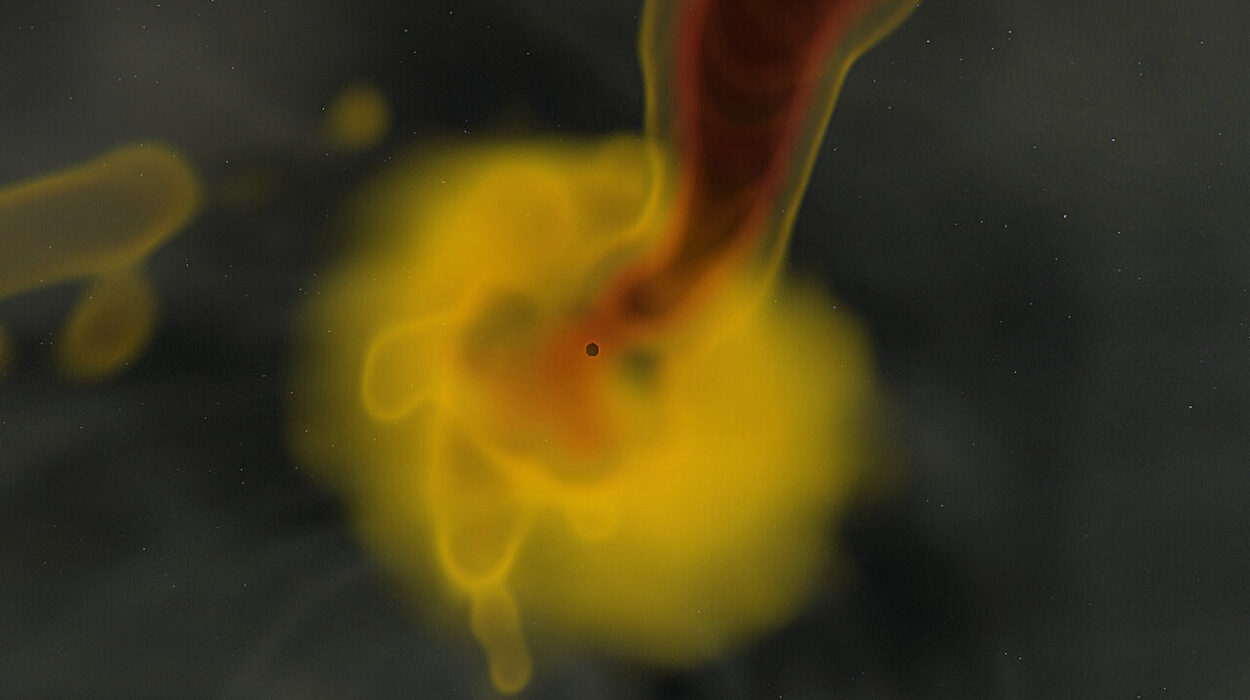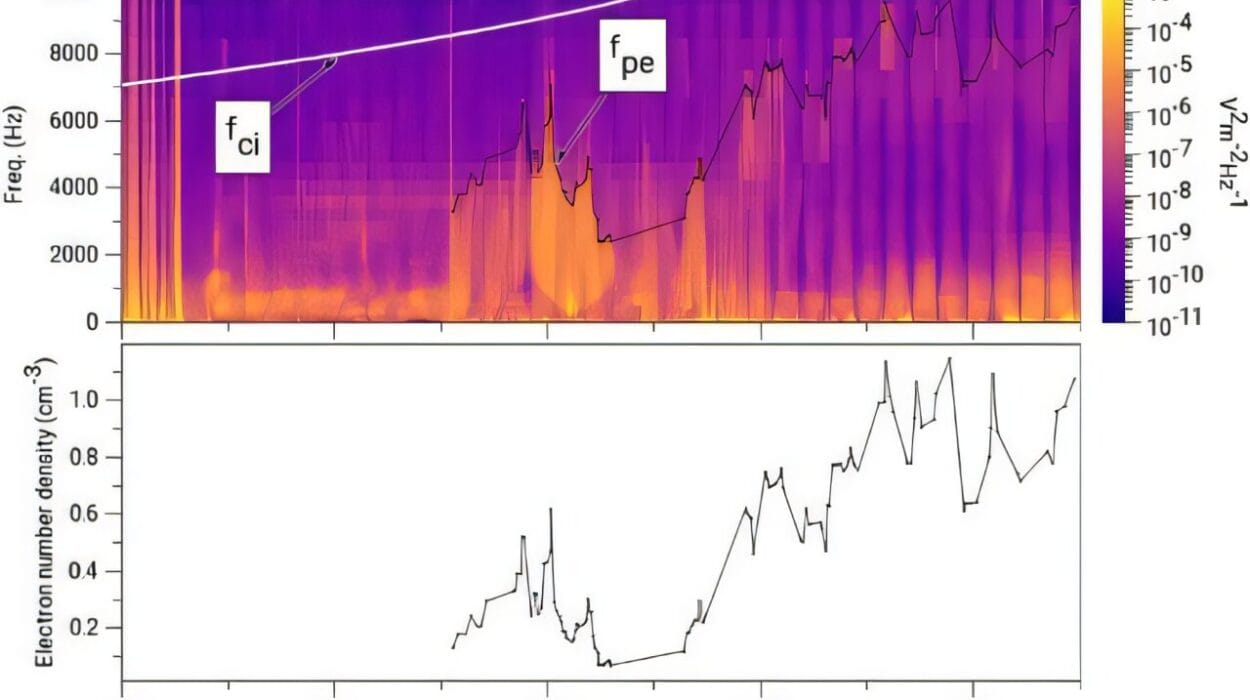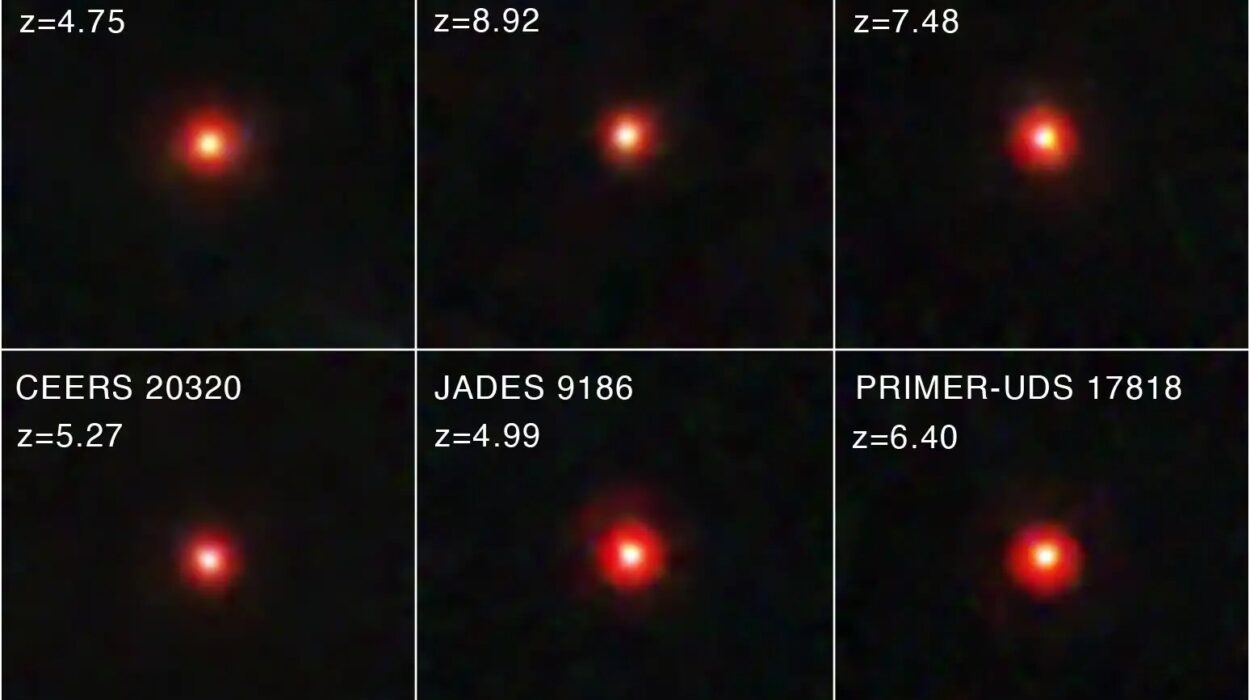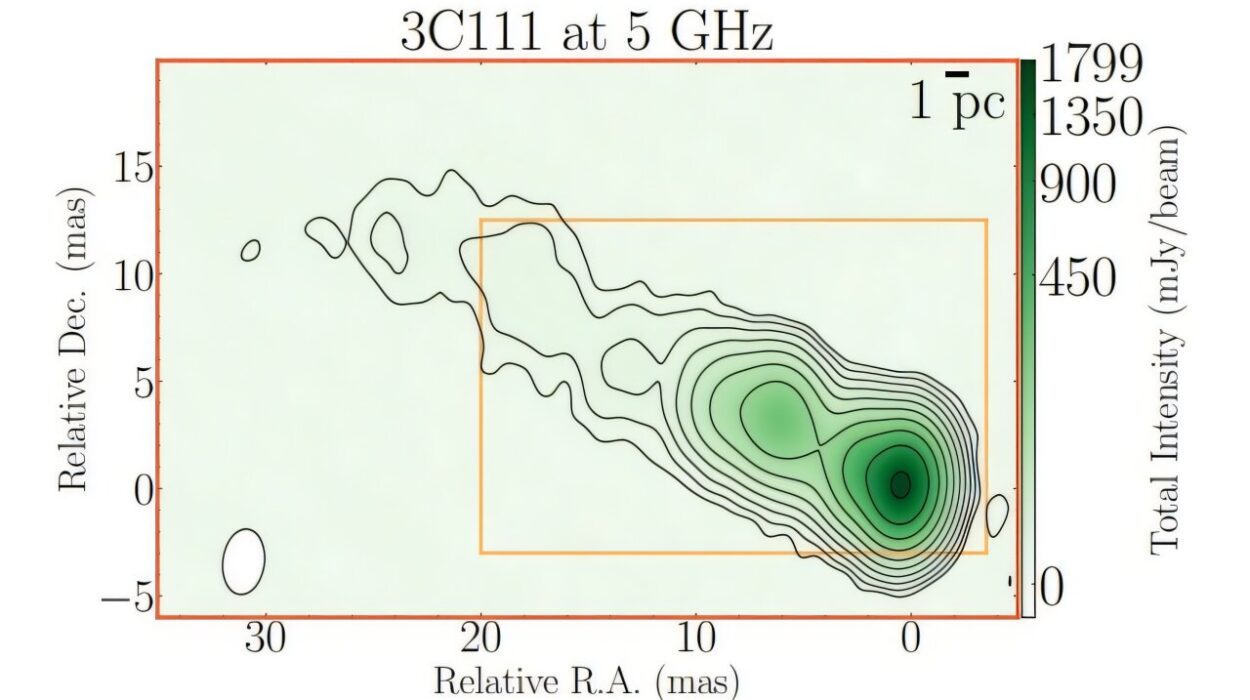Out in the vast silence between stars, pulsars act like celestial metronomes—dense, spinning remnants of exploded stars that emit rhythmic pulses of radio waves across the galaxy. With astonishing precision, they tick away the seconds of cosmic time, sending beams of radiation toward Earth with clockwork regularity. But sometimes, mysteriously, that rhythm breaks. The beacon stops. For a few seconds, minutes, or longer, the pulsar goes silent.
This phenomenon, known as pulse nulling, has long puzzled astronomers. Why would a star that pulses with the reliability of a lighthouse suddenly fall mute? A new study published in Astronomy & Astrophysics by R. Yuen of the Xinjiang Astronomical Observatory (XAO), Chinese Academy of Sciences, offers fresh insight into this longstanding mystery—suggesting that even in the randomness of silence, there may be a hidden order.
What Is Pulse Nulling?
Discovered in more than 200 pulsars, pulse nulling is the complete, sudden disappearance of the radio signal that a pulsar emits. These “dropouts” can last from just a few rotations of the star to several minutes, creating a temporary void in what is usually a perfect cosmic rhythm. Scientists quantify this behavior with a measure known as the nulling fraction (NF)—the percentage of time a pulsar is silent.
While some pulsars rarely null, others spend a significant portion of their observable lifetimes in silence. However, there is a strange statistical pattern emerging: the number of pulsars seems to decrease as the nulling fraction increases. This observation suggests that nulling isn’t entirely random—it may be governed by underlying physics we don’t yet fully grasp.
A Magnetospheric Symphony
To investigate, R. Yuen developed a complex magnetospheric model, which treats the pulsar’s environment not just as a spinning ball of plasma, but as a dynamic, multi-state system. At the heart of the model is the idea that pulse nulling reflects shifts in the density of plasma within the pulsar’s magnetic field, or magnetosphere.
In this model:
- Each emission state is defined by a certain plasma charge density.
- Nulling occurs when this density drops to zero, effectively “turning off” the pulsar’s beam.
- The emission region is segmented, meaning that nulling might arise independently in different parts of the magnetosphere.
To put the theory to the test, Yuen ran an ambitious simulation of 5,000 synthetic pulsars, each observed through 1,000 rotational cycles. The resulting data—millions of simulated pulses—produced a positively skewed distribution of nulling fractions. In simple terms, the model showed that low nulling fractions are far more common, and that high nulling activity is relatively rare—mirroring what has been seen in real-world observations.
Patterns in the Randomness
While the results affirmed the stochastic, or random, nature of pulse nulling, they also hinted at a statistical structure beneath the noise. Just like tossing a coin a thousand times produces predictable probabilities, the behavior of pulsars, too, may be governed by deeper laws.
One especially intriguing part of the study concerns the obliquity angle—the angle between a pulsar’s magnetic axis and its rotational axis. While no strong correlation was found between this angle and the intensity of nulling (i.e., the NF itself), Yuen did observe that pulsars with smaller obliquity angles are more likely to null. That points to a subtle geometric influence on how or whether a pulsar’s magnetic field supports continuous emission.
This suggests that a pulsar’s silence may, in part, depend on how its geometry interacts with its internal plasma dynamics. In the highly structured and high-energy environment of a neutron star’s magnetosphere, a shift in angle or charge density might be all it takes to tip the system into silence—a kind of temporary “off switch” for the star’s beam.
Why Pulse Nulling Matters
Pulsars are more than just astronomical curiosities. Because of their stability and precision, they’re used in everything from testing Einstein’s general relativity to mapping the shape of gravitational waves. Any unexpected behavior—like sudden silences—could introduce uncertainty in measurements or point to new physics entirely.
More importantly, understanding pulse nulling could provide critical insights into how pulsars generate their emissions, how their magnetic fields evolve over time, and how plasma behaves under extreme conditions. Every detail helps refine our models of stellar evolution, magnetohydrodynamics, and the life cycles of stars.
The new study moves us closer to answering these questions by offering a framework in which nulling is not just a curiosity, but a predictable outcome of magnetospheric dynamics—the plasma-filled environment swirling at near-light speed around a pulsar.
Listening for the Silent Beats
In a universe full of noise—radio signals, x-ray bursts, gamma-ray flashes—the absence of a signal can sometimes say more than its presence. With this study, Yuen and colleagues have added a valuable piece to the pulsar puzzle, showing that silence itself may be a meaningful form of astrophysical behavior, one governed not by chaos but by conditions we can begin to model, simulate, and perhaps even predict.
For now, astronomers will continue listening. Listening not just for the clockwork ticks of pulsars echoing through space, but also for the spaces between them—the silences, the skipped beats, the unspoken rhythms of stars that, even in their quiet, have a story to tell.
Reference: R. Yuen, Simulation of the distribution of radio pulsar nulling fractions, Astronomy & Astrophysics (2025). DOI: 10.1051/0004-6361/202553813
